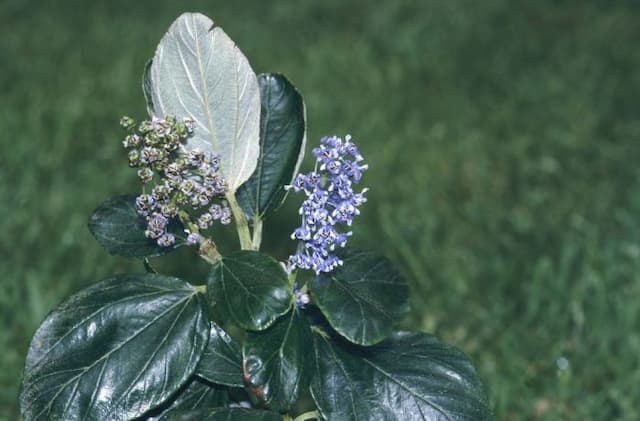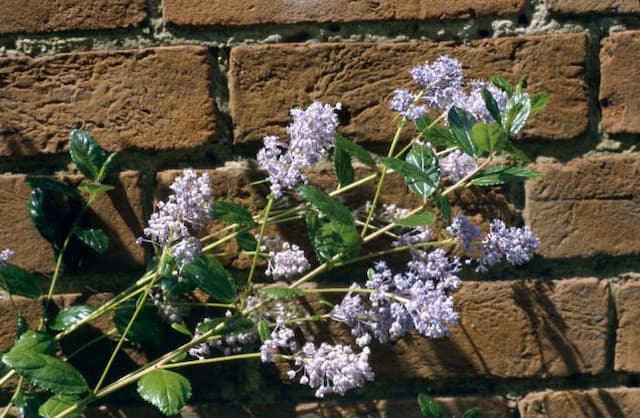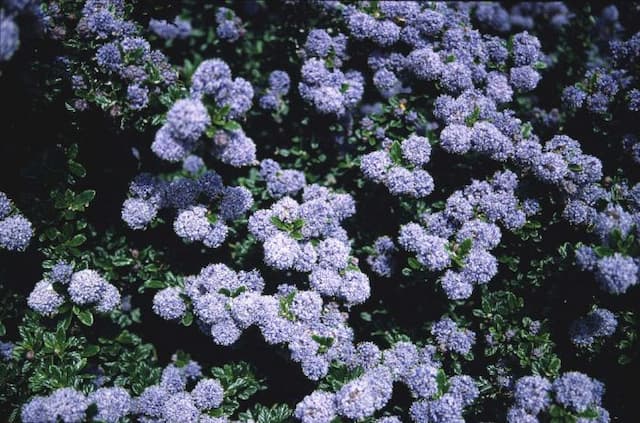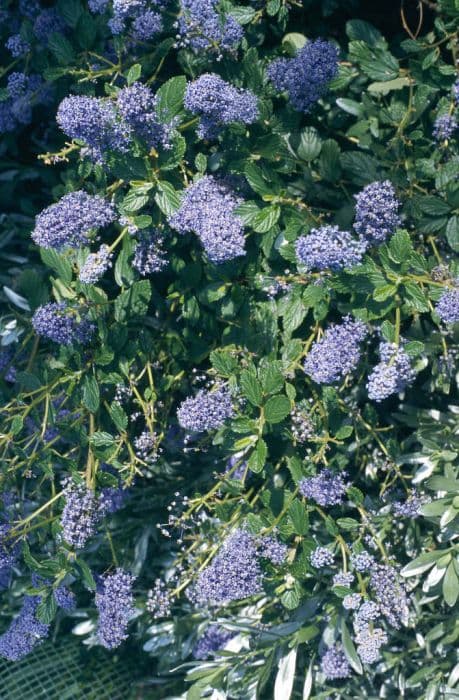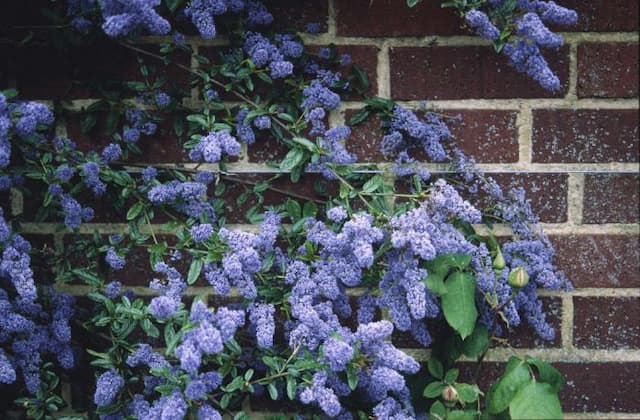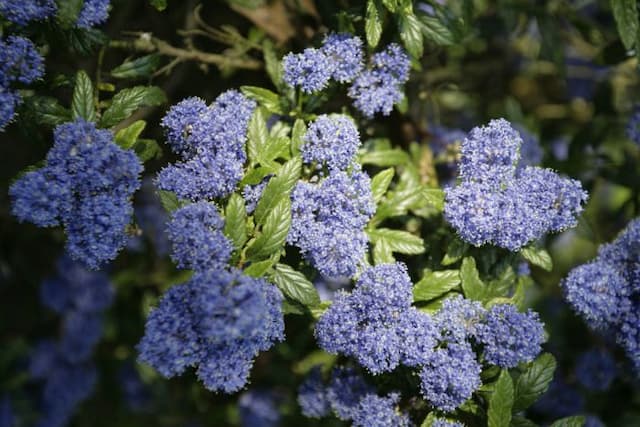Cape Fluff Bush Phylica pubescens

ABOUT
Phylica pubescens, commonly known as the Featherhead, is characterized by its unique and eye-catching appearance. The plant exhibits an evergreen habit with a robust and bushy demeanor that is softened by its delicate features. Its primary visual allure comes from the dense foliage consisting of small, closely-packed leaves that have a soft, downy texture, hence the descriptor "pubescens" in its name. These leaves often have a grayish-green hue, creating a muted, velvety backdrop that enhances the visual appeal of the flowers. The Featherhead's flowers are particularly distinctive. They emerge in dense, rounded clusters that resemble small, feathery puffs. These flower clusters showcase a cream or pale-yellow color and are delicately framed by elongated, leaf-like bracts. These bracts add an extra dimension to the inflorescence, giving it a fringed appearance, much like feathers. When in bloom, the Featherhead presents a whimsical display that can add a touch of softness and complexity to the landscape. Overall, the interaction of the plant's lovely foliage and unique flowers create an interesting and pleasing aesthetic, making it a favorite among garden enthusiasts who seek plants with a soft and textured appearance.
About this plant
 Names
NamesFamily
Rhamnaceae.
Synonyms
Phylica.
Common names
Trichocladus crinitus, Trichocladus crinitus subsp. pubescens.
 Toxicity
ToxicityTo humans
There is limited specific information available regarding the toxicity of Phylica pubescens, commonly known as Featherhead, to humans. In general, it's advisable to avoid ingesting plants that are not known to be edible due to the potential for toxic or harmful effects. If you suspect ingestion of Featherhead and experience symptoms such as nausea, vomiting, diarrhea, or any other concerning signs, seek medical attention promptly.
To pets
There is also limited information on the toxicity of Featherhead (Phylica pubescens) to pets. However, as a general safety precaution, it is best to prevent pets from ingesting this or any unknown plant. If your pet consumes Featherhead and exhibits signs of distress, such as vomiting, diarrhea, drooling, or lethargy, consult your veterinarian immediately.
 Characteristics
CharacteristicsLife cycle
Perennials
Foliage type
Evergreen
Color of leaves
Green
Flower color
Yellow
Height
3 feet [0.91 meters]
Spread
3 feet [0.91 meters]
Plant type
Shrub
Hardiness zones
9
Native area
South Africa
Benefits
 General Benefits
General Benefits- Ornamental Value: Phylica pubescens, commonly known as Fuzzy Phylica, has a unique and attractive appearance, making it popular in gardens and landscaping projects for its aesthetic appeal.
- Erosion Control: The plant's root system helps to stabilize soil, making it useful for controlling erosion on slopes and in other vulnerable areas.
- Habitat for Wildlife: Fuzzy Phylica can provide food and shelter for various insects and birds, contributing to biodiversity.
- Drought Tolerance: Fuzzy Phylica is known for its resistance to drought, allowing it to thrive in arid conditions and thus being beneficial in water-conservation landscaping.
- Low Maintenance: Once established, Fuzzy Phylica requires minimal care, making it an ideal choice for gardeners seeking low-maintenance plants.
- Adaptability: This plant can grow in a range of soil types and weather conditions, showcasing its adaptability to different environments.
 Medical Properties
Medical PropertiesThis plant is not used for medical purposes.
 Air-purifying Qualities
Air-purifying QualitiesThis plant is not specifically known for air purifying qualities.
 Other Uses
Other Uses- Insect Repellent: The aromatic leaves of Phylica pubescens, commonly known as Featherhead, can sometimes be used as a natural insect repellent when crushed and applied to the skin or when the crushed leaves are placed around an area to deter pests.
- Ornamental Use: Featherhead's unique foliage and small flowers can add an interesting texture and visual appeal to garden beds, borders, or as a specimen in a Mediterranean or drought-tolerant landscape design.
- Bouquet Filler: The branches and flowers of Featherhead can be used as filler in floral arrangements, providing a soft, feathery contrast to other flowers.
- Dye Production: The plant may be used in traditional dyeing processes to impart a natural color to textiles, though specific color outcomes would depend on the mordant and process used.
- Windbreak: In coastal areas, Featherhead can be planted as a windbreak to protect more sensitive plants and reduce soil erosion.
- Privacy Screening: With its dense growing habit, Featherhead can be used to create a natural privacy screen in gardens or along property boundaries.
- Habitat for Wildlife: The dense foliage of Featherhead can provide shelter for small wildlife, such as birds and beneficial insects, helping to maintain biodiversity.
- Soil Stabilization: The root system of Featherhead can help to stabilize soil on slopes or areas prone to erosion, particularly in its native habitats.
- Companion Planting: Featherhead can be used in companion planting to benefit other plants by providing shelter from the wind and supporting a healthy ecosystem.
- Cultural Significance: In some indigenous cultures, plants like Featherhead may hold cultural significance and be used in various traditional ceremonies or decorations.
Interesting Facts
 Feng Shui
Feng ShuiThe Cape Fynbos is not used in Feng Shui practice.
 Zodiac Sign Compitability
Zodiac Sign CompitabilityThe Cape Fynbos is not used in astrology practice.
 Plant Symbolism
Plant Symbolism- Protection: Phylica pubescens, commonly known as Featherhead, often symbolizes protection due to its dense and feather-like foliage, which can be seen as a protective cover in its natural habitat.
- Endurance: Being native to harsh environments, Featherhead is considered a symbol of endurance and the ability to thrive in challenging conditions.
- Uniqueness: With its distinct feathery appearance, the Featherhead plant represents uniqueness and the beauty of standing out in one's environment.
- Adaptation: Featherhead's survival in diverse climates symbolizes the ability to adapt to change and varying circumstances.
 Water
WaterThe Phylica pubescens, commonly known as the "Felted Cape Myrtle," prefers a moderate watering schedule. It should be watered when the top inch of soil feels dry, which could equate to every 1-2 weeks depending on the environmental conditions. When watering, provide enough water to soak the soil thoroughly until water begins to drain from the bottom of the pot. Over a month, you might expect to water the Felted Cape Myrtle about 2-4 times, with each watering using up to half a gallon, depending on the size of the plant and the pot. Avoid letting the plant sit in water as it can lead to root rot.
 Light
LightFelted Cape Myrtle thrives best in bright, indirect light. It should be placed in a spot where it can receive plenty of light without the harshness of direct midday sun, which can scorch its leaves. A spot near an east or west-facing window where the sun is filtered through curtains or blinds is ideal for this plant.
 Temperature
TemperatureThe Felted Cape Myrtle does well in a range of temperatures but prefers a consistent environment between 60 to 75 degrees Fahrenheit. It can withstand short periods outside this range, with a minimum temperature of around 50 degrees Fahrenheit and a maximum of 80 degrees Fahrenheit, but for optimal growth, keeping the temperature within the preferred range is ideal.
 Pruning
PruningPruning the Felted Cape Myrtle is essential for shaping the plant and encouraging bushier growth. It should be pruned in the early spring before new growth starts. Remove any dead or damaged branches, and trim back overgrowth to maintain the plant’s shape. Pruning can be done annually or biannually, depending on the plant's appearance and health.
 Cleaning
CleaningAs needed
 Soil
SoilThe Flufftail plant prefers a well-draining soil mix with a pH of about 6.0 to 7.5. A mix of peat, sand, and loamy soil in equal parts is ideal to maintain proper drainage and aeration.
 Repotting
RepottingFlufftail plants do not require frequent repotting and can be repotted every 2 to 3 years as they prefer to become slightly root-bound.
 Humidity & Misting
Humidity & MistingFlufftail plants thrive in moderate humidity levels, around 40-50%, which is often the average indoor humidity range.
 Suitable locations
Suitable locationsIndoor
Place in bright, indirect light and keep soil lightly moist.
Outdoor
Choose a spot with dappled sunlight and shelter from strong winds.
Hardiness zone
9-11 USDA
 Life cycle
Life cyclePhylica pubescens, commonly known as the Featherhead, begins its life cycle as a seed, usually dispersed by birds or other animals attracted to its fruit. Upon finding a suitable habitat, often with sandy soils, the seed germinates, typically with rainfall or in the wet season. Seedlings develop a root system and foliage, growing into a shrub with a notable woody stem and dense, hair-covered leaves. The Featherhead reaches maturity and starts flowering, producing small yellow flowers that are grouped in dense, brush-like heads. After pollination, possibly by insects or wind, it sets fruit that encloses the seeds, completing the reproductive cycle. The plant has a perennial lifespan, and it may repeat the flowering and fruiting phase multiple times throughout its life.
 Propogation
PropogationPropogation time
Spring to Summer
Propogation: Phylica pubescens, commonly known as the Fluffy Phylica, is typically propagated by seed. The best time to sow seeds is in late winter to early spring when temperatures are mild. To propagate Fluffy Phylica by seed, the seeds should be lightly covered with soil in a well-draining potting mix. They need a warm (around 70 degrees Fahrenheit, or 21 degrees Celsius) and moist environment to germinate, which can take several weeks. Once the seedlings are sturdy enough and all danger of frost has passed, they can be transplanted outdoors to a location with full sun to partial shade and well-drained soil.
